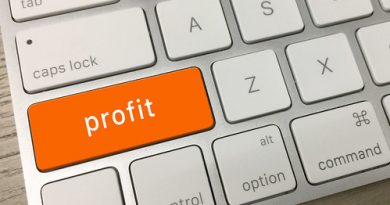Algorithmic Trading Forex Market
Highly specialized computer systems monitor financial data, analyze and act faster than humanly possible. Decisions are made based on the programming. Timing, trade sizes, price and volatility are all possible triggers and, in most cases, initiate without trader intervention. A 2006 survey showed 25 percent of forex volume to be algorithmic with increases predicted into the future.
Algorithmic trading began in the early 70s. As the NYSE began to computerize, trading opportunities emerged. When the stock and futures’ markets developed their computer systems, derivative markets emerged and also began using algorithmic trading. Over time, computers and systems became more developed and algorithms followed lock step.
Who’s Using Algorithmic Trading?
Algorithmic trading is widely used by institutional investors such as pension, mutual funds and large investment banks. It’s also used by market makers and hedge funds to provide liquidity to the market. Algorithmic trading can be used in any electronic financial market and with any strategy. The speed at which trades execute makes it possible to profit from minute movements and spreads.
Strategies
Most algorithms are based on modern computer languages, but a few still exist that are based on spreadsheets. There are two basic strategies: cost reducing and gaming. Cost reducing strategies strive to lower trading cost. The simplest strategy, “iceberging,” involves multiple orders. Instead of buying all at once, an algorithm can break an order down into numerous smaller orders once the trigger is met. By doing this, price doesn’t run up and the trader is left with a lower average cost than otherwise. Almost all other strategies are “gaming” strategies. These are intended to sniff out traders who are “iceberging” to profit. These strategies are mainly used by market sharks, seeking to take unfair advantages.
Pros and Cons
Major advantages include speed and liquidity. Algorithmic trades execute at the speed of light because the most advanced computer networks are built on fiber optic cables. Any drag on the signal (latency) comes from routing and signal enhancers along the fiber optic cables. It’s possible for an algorithmic trade to open and close before the information is relayed through more conventional sources. The use of automatic trading also adds liquidity to financial markets. When buyers reach a threshold, if sellers are waiting, selling begins automatically.
The major con is a fear of market crashes. Crashes such as Black Monday are blamed on automated trading. Critics say that a volatile market can bring prices to points where massive computerized trading kicks in, further weakening an already fragile system.
How can the average trader utilize Algorithmic Trading?
The cost of developing and maintaining an algorithmic trading system can be quite large. You need access to bandwidth and high speeds, the kind you can only get from a fiber optic cable with nearly direct access to trading centers and prime brokers. You also need a highly advanced computer programmer. With these limitations, it’s easy to see why algorithmic trading is mainly used by big money investors.
To help the average Forex trader fully understand the scope of algorithmic trading in the Forex markets, we will start a “Forex algorithmic trader” program. This trader is using a strategy based on our proprietary trading tools, the Price Analysis Tool (PAT) and Temperature Charting.
PAT uses linear regression to predict general price direction and gives upper and lower limits. The Temperature Chart uses theories based on Random Walk Theory and Brownian Motion to measure market volatility. The trader uses the information to determine when the market is too hot or too cold.
